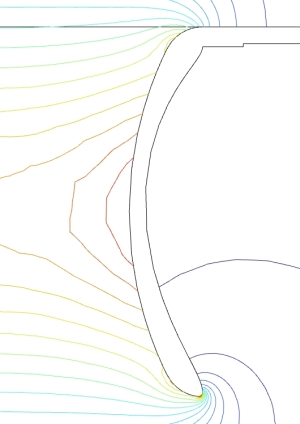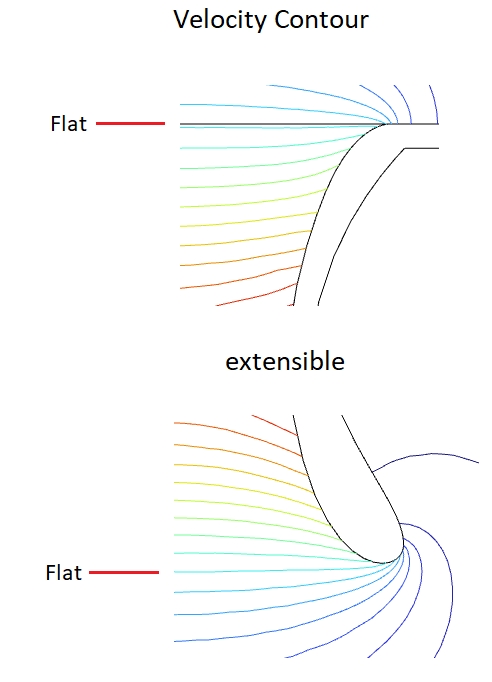Modular Hourglass Port, The Ideal Speaker Vent
The Regular Port/Vent
The vent (or port) is designed to enhance bass response by leveraging its surface area and length. It increases the low-frequency output by functioning as a Helmholtz resonator.
Traditionally, this is achieved using a tube or a straight square or rectangular shape. However, the problem with tubes or other symmetrical forms lies in internal resonances caused by their shape, resistance due to abrupt changes at the entrance and exit, and dynamic compression that limits the acoustic pressure the vent can produce.
The Hourglass Vent Demonstration
The Hourglass Vent was first theorized and simulated in 2002 by three AES members: Alex Salvatti, Allan Devantier, and Doug J. Button. This design optimizes speaker vent performance by addressing several key acoustic challenges.
Key Benefits:
-
Reduction of vent noise: Minimizes unwanted noise generated by turbulent airflow within the port.
-
Lower distortion from turbulence: Improves airflow smoothness, reducing turbulence-induced distortions.
-
Reduced dynamic compression: Prevents the vent from restricting airflow at high volumes, ensuring a more consistent energy transfer between the speaker box and the room.
Dynamic vent compression is a phenomenon where, at higher volumes, the vent starts delivering diminishing energy despite the woofer output increasing. -
Better resonance distribution: Improves the way resonances are spread within the port, leading to a smoother interaction with the system’s overall response.
This design ultimately improves efficiency and sound quality by minimizing losses and unwanted artifacts in bass reproduction.
However, while the overall shape of the Hourglass Vent is advantageous—even with a 12mm radius at the exit—it still suffers from friction and an uneven velocity profile at the exit:

Another important factor to consider is that one extremity of the port is located on a flat panel, while the other is not. In practice, this means the profile cannot be perfectly symmetrical.
The Optimised Hourglass For Real Application
Our design guarantees an uniform radiation velocity both at the vent’s exit and entrance:

The vent consists of asymmetrical front and rear parts optimized through Finite Element Analysis (FEA). The design accounts for radiation differences — 2π at the front and 4π inside the enclosure — to ensure optimal acoustic performance thanks to flat velocity profiles at both the inlet and outlet.
The vent is screw-mounted from the front of the loudspeaker, providing easy assembly.
Size System & Prices
Our Hourglass operates with tube tuning frequency equivalences to facilitate choice with port simulation software (VituixCAD).
Typical Specifications
-
Minimum length (direct coupling rear + front): 148mm
-
Integration file: Step File
-
price: on demand depending of diameter and length